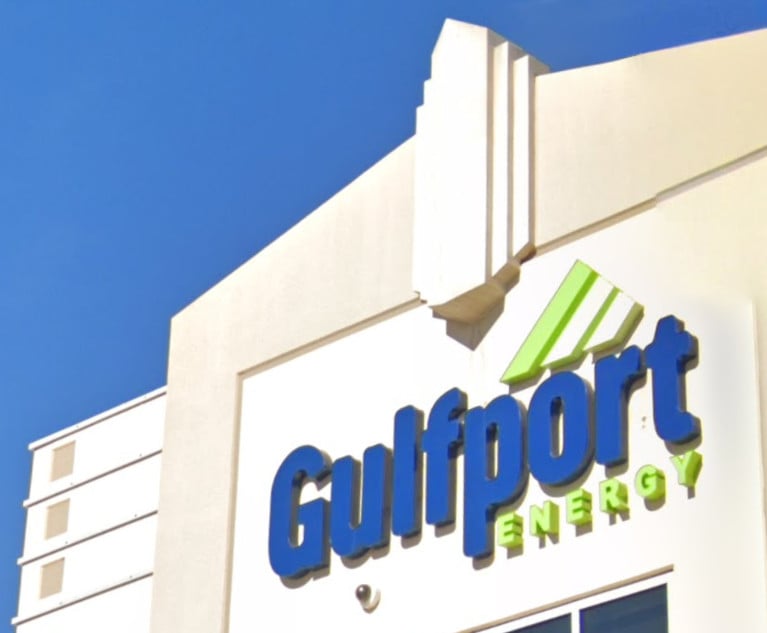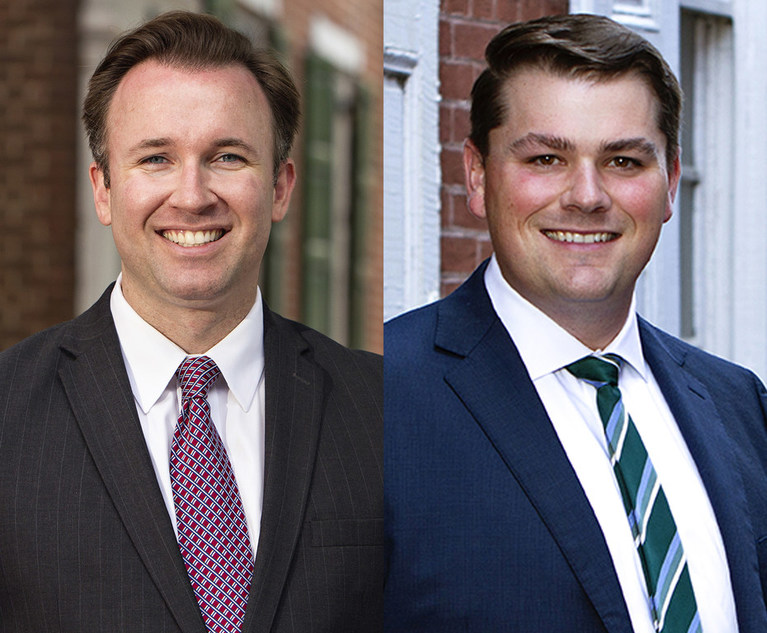It is not unusual for judges deciding a case under the Comprehensive Environmental Response, Contribution, and Liability Act, 42 U.S.C. Section 9601 et seq. (CERCLA) to acknowledge CERCLA’s reputation for imprecise drafting and ambiguity. A recent U.S. Court of Appeals for the Third Circuit opinion addressing the contours of a “cost recovery” and a “contribution” action under CERCLA is no exception, as in Cranbury Brick Yard v. United States, — F.3d — (3d Cir. 2019). In that case, the court was left to resolve the familiar points of disagreement among CERCLA litigants of when the clock starts running on a CERCLA claim and which limitations period applies.
In Cranbury, Cranbury Brick Yard (Cranbury) brought both a cost recovery and contribution claim against the federal government based on its alleged partial responsibility for the contamination at the site of a former weapons factory in Cranbury, New Jersey. A cost-recovery claim under CERCLA Section 9607 permits a person who incurs response costs to recover such costs from those responsible for the site’s pollution. In a cost-recovery action, defendants can be held strictly and jointly and severally liable. A contribution claim under CERCLA Section 9613(f), on the other hand, permits a liable party to sue other polluters to allocate costs equitably.


 Mark Greenfogel of Warren Environmental Counsel
Mark Greenfogel of Warren Environmental Counsel




